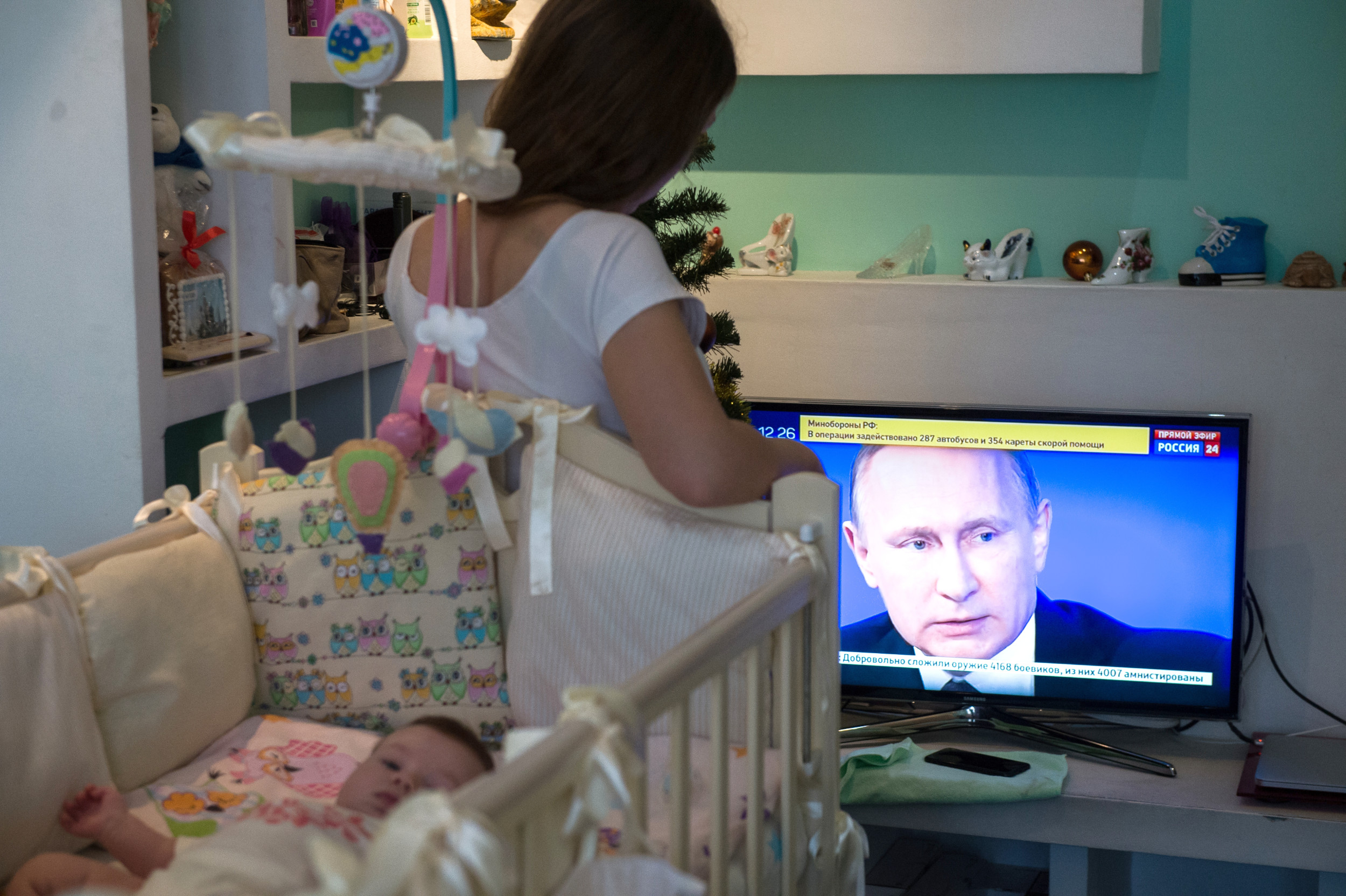Cuba has been hit with another nationwide blackout after the island's power grid failed on Wednesday.
Cuban Power Plant Fails
The Electric Union, Cuba's state-run power company, wrote on X, formerly Twitter, early Wednesday that the power grid was "completely disconnected" at around 2 a.m. local time after the Antonio Guiteras Thermoelectric Plant in Matanzas province, about 60 miles east of Havana, failed.
Cuban President Miguel Díaz-Canel Bermúdez wrote in an X post on Wednesday morning that he has been monitoring the situation, adding that the Ministry of Energy and Mines and the Electic Union "are working tirelessly and with precision on their reconnection...Good progress should be made today."
When Will the Power Be Turned Back on?
Electricity began to be restored gradually Wednesday morning in some parts of the country, including Havana, Cuba's capital and largest city. In an X post on Wednesday afternoon, the Electric Union said the Antonio Guiteras plant is "in the startup process."
Cuba's Minister of Energy and Mines Vicente de la O Levy said on TV that the power will be fully restored by Thursday.

A Dark Time for Cuba
Cubans have been dealing with frequent blackouts for months, with over half of the island experiencing power outages during peak hours.
In October, millions of Cubans were left in the dark during a nationwide power outage after the Antonio Guiteras Thermoelectric Plant failed. The situation was exacerbated by Hurricane Oscar's passage, leaving the island without electricity for several days.
Not even a month later, Hurricane Rafael's passage left Cuba without power again.
The Electric Union said in a post Wednesday morning that Levy explained that "the conditions are more favorable than in the last disconnection, compliance with the procedures is not affected by the hurricane. Islands are already functioning and the system is gradually being restored."
The frequent power outages are primarily caused by fuel shortages and aging infrastructure. Cuba has been under an economic crisis that has worsened in recent years. Food and fuel shortages, along with gradually increasing inflation and a loss of purchasing power have forced thousands to flee. Migrants have mainly flocked to the United States but also Spain and other Latin American countries.
Cuba produces about half of its crude oil and the other half is bought from other countries like Venezuela and Russia. But importing oil is not an easy, or cheap, task thanks to U.S. sanctions.
The island has been working on upgrading its electrical grid through the use of alternative power sources. Cuba is constructing 31 centers to generate solar energy which should be completed next year.
This article includes reporting from The Associated Press.





.png)














 English (US) ·
English (US) ·